The Post War Development of Free Fall Parachuting
Although there were individual pioneers in several countries, the organised development of free fall parachuting was initially led after World War II by Russia and France through state sponsored parachuting centres. The first World Parachuting Championship was staged in Yugoslavia in 1951 and the mid to late 1950s saw a rapid growth in sports parachuting clubs.
The military applications for free fall parachuting were quickly recognised by the Eastern bloc countries, and also by France. However, in countries such as America and the United Kingdom military personnel who wanted to take up free fall parachuting had to join civilian clubs, buying or hiring their own equipment. It was not until 1958, following Soviet interest, that the American military fully embraced free fall and launched Project HALO (High Altitude Low Opening) to develop the use of free fall by its special forces.
In 1959, four RAF Parachute Jump Instructors (PJIs) were sent to the French Army training centre at Pau. These instructors, along with a number of other pioneers who were also RAF PJIs, formed a strong sports parachuting club based on No 1 Parachute Training School. However, at this stage HALO did not form part of official British Military doctrine, and free fall training provided by the RAF was limited to a maximum jump height of 6,000 feet.
22 SAS was the first British Army unit to form a sports parachuting club. Even though no operational requirement had been recognised by the War Office, 22 SAS established an experimental team to develop the use of HALO for inserting small numbers of Special Forces in situations requiring clandestine entry. Drawing from members of their sports parachuting club, Lt Col (later Maj Gen) Dare Wilson developed the SAS’s military free fall capability by training with the French and the Americans. In 1962 the SAS produced the entire British team for the World Championships and regularly carried away most of the team and many of the individual trophies at national competitions.
By the early 1960s other Airborne units had formed their own clubs. However, the limited official support and lack of continuity due to postings made it difficult to improve standards and develop a widespread capability in the British Army.
The Army Parachute Association (APA) was formed in 1962 by free fall enthusiasts serving in the Army. While running courses for the APA during the summer of 1963 Lt Edward Gardener, Major John Weeks and Corporal Sherdy Vatnsdal spent several evenings discussing the prospects of forming the Parachute Regiment Free Fall Display Team, which was eventually established in 1964. ( For further information on the origins of the Red Devils Click Here.)
The Joint Services Free Fall Trials Team (JSFTT)
In spite of this increasing activity and military interest in free fall parachuting, and the advocacy of the SAS and Parachute Regiment, it was not until 1966 that the Joint Warfare Committee authorised the establishment of a Joint Services Free Fall Trials Team to evaluate the tactical use of free fall parachuting. The terms of reference included evaluating its use from existing service aircraft by day and night, in differing climactic conditions; and in clandestine and limited war operations against enemies with or without a sophisticated radar and defence system.
The 32 man team was based at the Parachute Regiment Depot in Maida Barracks, Aldershot. The SAS contributed 7 men to the team including the Operations Officer, Captain Robin Letts. The Parachute Regiment contributed 19 men including the Team Commander, Major Mike Heerey; the Administration Officer Lt. Richard Brinton; Sgt Sherdy Vatnsdal a highly experienced free fall parachutist who had helped form the Parachute Regiment’s Display team; Sgt Bill Scarratt, the 1966 British National Parachuting Champion; and Sgt Bill Catt. The RAF supplied 6 men including Sqn Ldr Dougie Hermiston, the Trials Safety Officer, and others who acted as checkers and despatchers. They were also supported by 8 men from the RAF’s Air Transport Development Unit (ATDU).
In early 1966, the JSFTT visited the John F Kennedy Special Warfare Center at Fort Bragg Carolina, the base for the US Army Special Forces Training Group (Airborne) and the Golden Knights, the US Army Parachute Display Team. Whilst at Fort Bragg JSFTT members made 547 free fall jumps at altitudes up to 25,000 feet, from a variety of aircraft including C-130 (Hercules), C-119, C-125, CV2 Caribou and various helicopters. This jump programme enabled the JSFTT to evolve an operational concept for the dropping of free fall parachutists back in the UK.
A smaller team comprising the Team Commander and 6 other members of the JSFTT, seconded from the Parachute Regiment, also attended further free fall training at the French Army Parachute School at Pau.
JSFTT Equipment
The parachutists used a mixture of equipment loaned by the Americans, the Army Parachute Association, some standard British military issue along with locally purchased items. This equipment included KAP-3 automatic opening devices, which all parachutists wore as a safety measure.
Normally parachutists carried equipment weighing up to 80lbs in Bergan rucksacks behind their legs, with standard issue weapons carried at their sides. The JSFTT packed extra equipment into a separate free fall bundle automatically opened by a KAP-3 device. An operational concept was developed so that a stick could follow the bundle to its impact point, a technique still employed today albeit with the use of computer aided technology.
For jumps at night JSFTT employed a system using a double headed torch strapped to the lower right arm and lower left leg, with a white beam shining upwards (on the ripcord arm) and a diffused red beam glowing down. These lights were turned off when under canopy.
No suitable issue standard issue canopies were available for free fall use and the team used the American 28 foot steerable C9 assembly and the 35 foot steerable MC1 (HALO) assembly, loaned by the Americans. British Irvin PB15A/1030 reserves were modified for fitting to the American harness.
A portable 16 station oxygen console was designed and made by the Institute of Aviation Medicine at Farnborough. This was used by the parachutists in the run in period to the DZ while the aircraft was de-pressurised and before the jumpers changed to their personal oxygen supply, which only had a 10 minute life.
Parachutists used the standard RAF PJI helmet with fittings and snap hooks for securing the Type 11 oxygen mask. The reserve parachute assembly was modified to include a pocket to hold the oxygen bottle carried by each free faller. Twin altimeter packs were also used and fitted with a small torch to allow illumination during night work.
JSFTT UK Trials
Back in the UK, the trials were planned jointly by the JSFTT and the ATDU. The ATDU determined the mounting base airfield, the aircraft nominated for each trial, (principally an Argosy, with support from a Hastings and Beverley) and supplied the specialist air crew. The Drop Zone was usually on Salisbury Plain.
Between June and November 1966, JSFTT undertook a further 296 jumps during 41 live delivery trials up to platoon strength. They also took part in one major tactical exercise.
At the conclusion of the trial, recommendations were submitted to the MOD on the tactical use of free fall parachuting. The MOD accepted the military requirement for free fall parachuting and authorised continuation trials in 1967.
The techniques in use today by British Special Forces and the Parachute Regiment’s Pathfinders are a direct progression of those developed by the post war free fall pioneers and the JSFTT.
Compiled by Harvey Grenville based on papers kindly supplied by Major Mike Heerey.

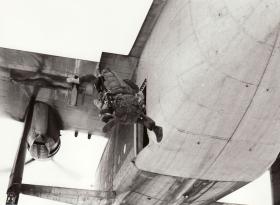
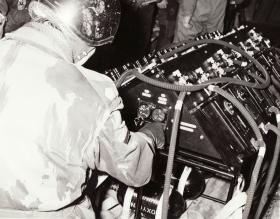
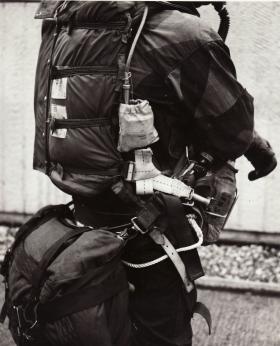
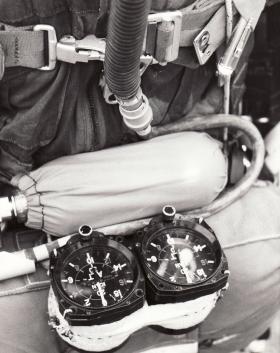
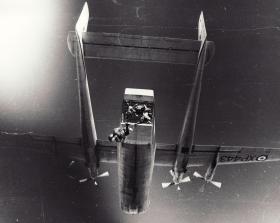
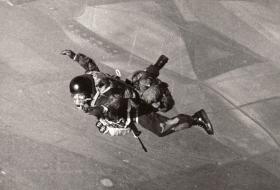
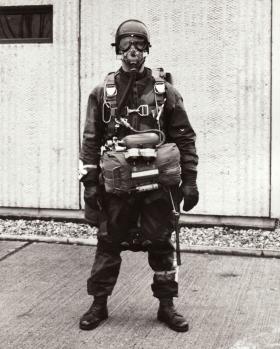
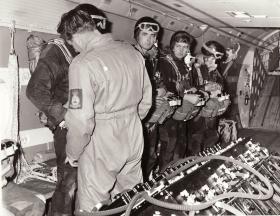
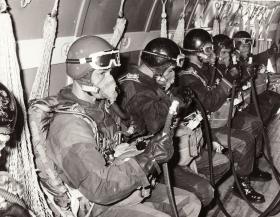
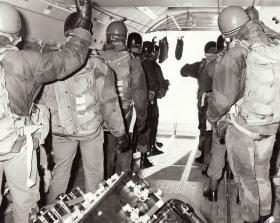
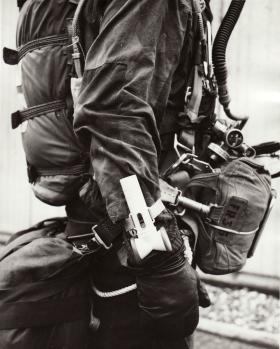
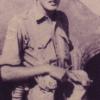



Latest Comments
There are currently no comments for this content.
Add Comment
In order to add comments you must be registered with ParaData.
If you are currently a ParaData member please login.
If you are not currently a ParaData member but wish to get involved please register.